Schloss Mönchhof: at Siebleben district was a ducal summer residence
Thuringia Bratwurst: Stall in the Hauptmarkt - The original German ‘Bratwurst’ comes from Thuringia where the first mention of it was in 1404. The sausage contains pork, beef and sometimes veal. The sausage is usually eaten with a hot or sweet German mustard or sliced and eaten as Currywurst.
Thuringia Philharmonic Orchestra:
Tierpark Gotha - Zoo at Gotha: The zoological garden Tierpark Gotha measures around 6 hectares and is located in a beautiful nature reserve. It is home to roughly 140 animal species, the majority originates from Europe. Moreover, visitors can look forward to observing endangered domestic animal especies and exotic animals such as bears and tigers.
Tour Guide(s); Town and castle tours in the residence city of Gotha - In ancient travelogues Gotha is often portrayed as the most beautiful and richest Thuringian town. Discover during a city tour the 1225-year-old residence.
Wasserkunst (water feature) at Schlossberg: The Leina canal was built in the 14th century. 500 years later for its jubilee the water arts were created at the Schlossberg. There are several pond-like fountains that carry the water down.
Woad: Isatis tinctoria, with woad (/ˈwoʊd/) or glastum as the common name, is a flowering plant in the family Brassicaceae. Woad is also the name of a blue dye produced from the leaves of the plant. Waidhaus visit - "Cultivation and processing of woad in Gotha and environment" of the permanent exhibition in the Waidhaus 1567 with the Waidkrecht Ditus.
Miscellaneous images from around Gotha: Click on photos to enlarge and for captions;
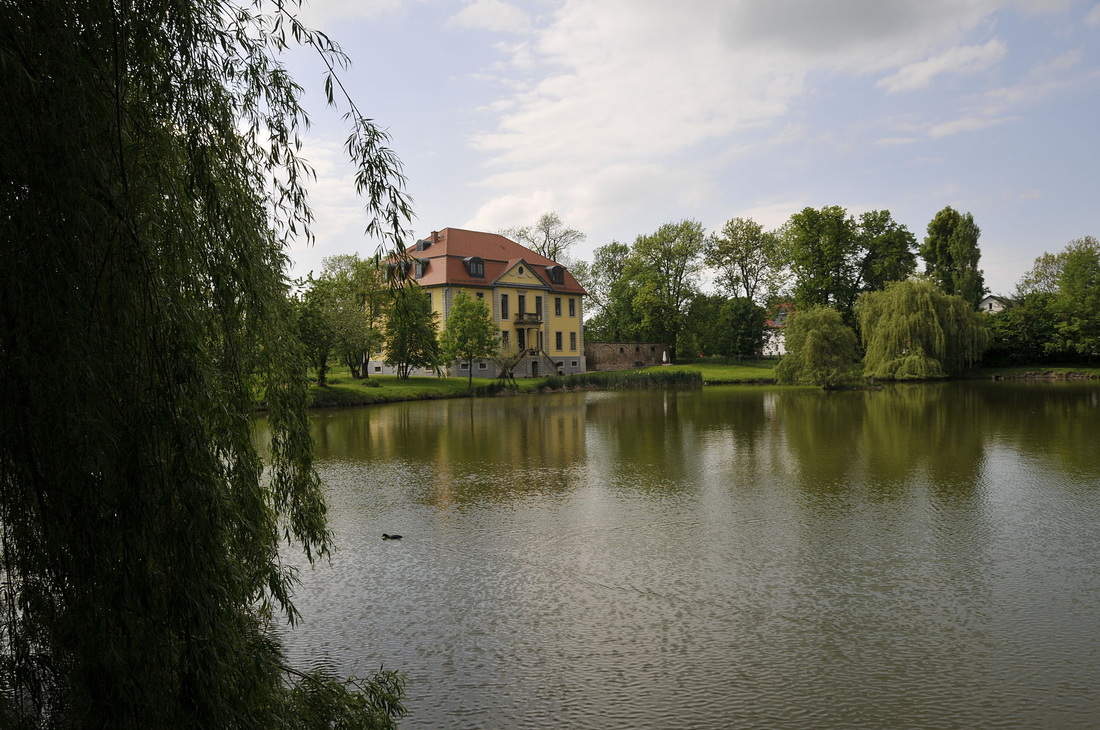


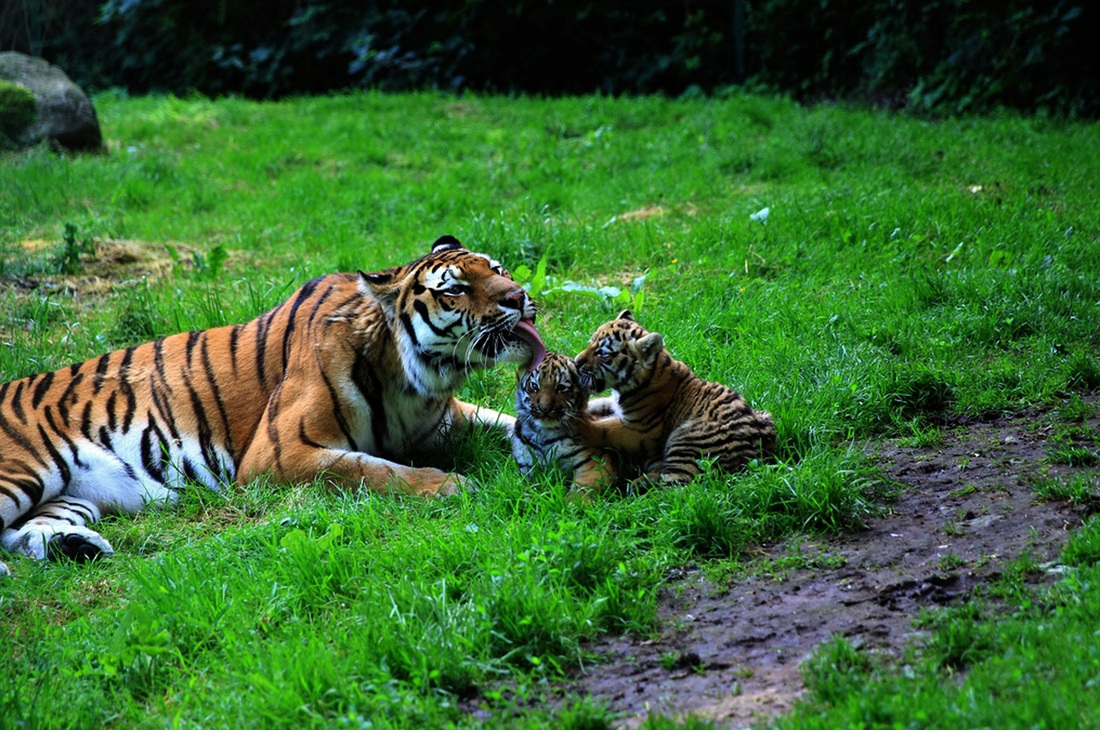
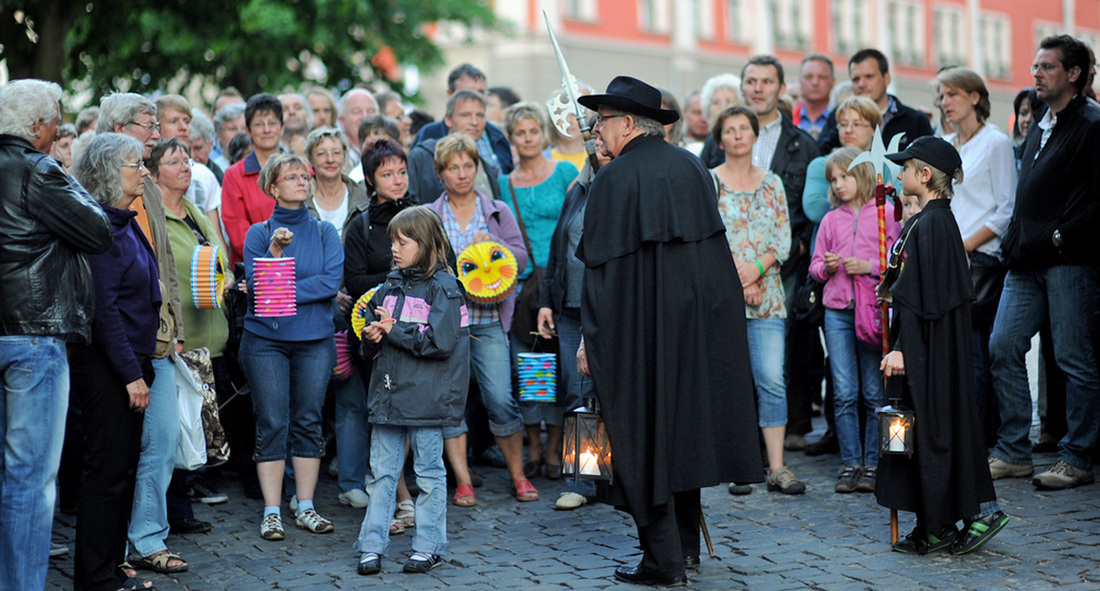

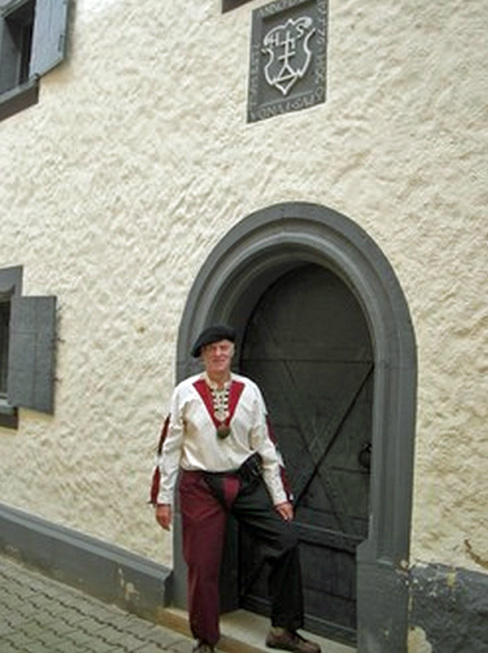


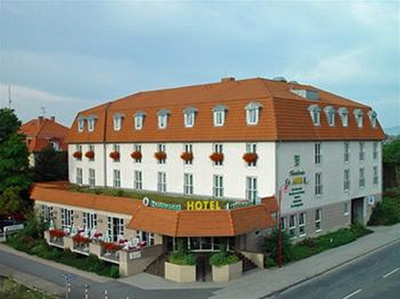


















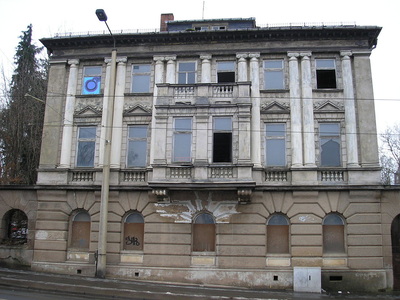




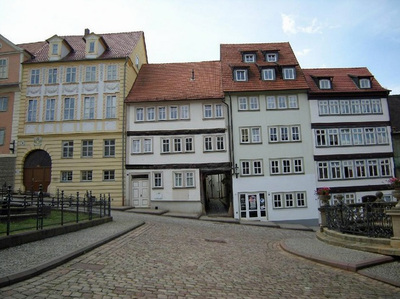





 RSS Feed
RSS Feed